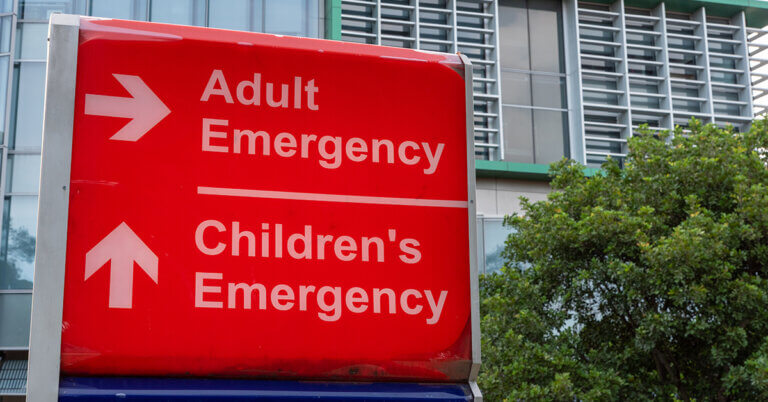November 21, 2019

Patients Need More Muscle to Crush Drug Prices
Everyone complains about high drug prices. That is, when they’re not complaining about high hospital prices. So what are you going to do about it? Or, better yet, what can you do about it?
Those questions lie at the heart of a survey of 606 healthcare executives conducted by NEJM Catalyst.
The execs are part of the NEJM Catalyst Insights Council, which is a “qualified group of U.S. executives, clinical leaders, and clinicians at organizations directly involved in health care delivery, who bring an expert perspective and set of experiences to the conversation about healthcare transformation. They are change agents who are both influential and knowledgeable.”
OK by me. It’s especially OK by me because, based on other surveys of this august group of healthcare leaders, they more often than not tell it like it is. They don’t appear to be toeing the line for any sector or healthcare special-interest group.
Ninety-seven percent of the surveyed execs said drugs prices are a “major” or “moderate” contributor to the overall cost of healthcare in the U.S. No surprise. National healthcare spending on prescription drugs will hit $378.9 billion next year, or nearly 9.4 percent of all healthcare spending in 2020, according to the latest projections from CMS.
Who in the drug supply chain has the most influence over drug prices? Again, no surprise here. Ninety-two percent of the execs said drug companies are “extremely” or “very” influential in setting the prices for their own products. Less so, according to the execs, are pharmacies, pharmacy benefit managers and distributors (69 percent) and, far less so, are hospitals, clinics and health systems (28 percent).
Who in the drug supply chain has the most leverage to lower drug prices? This is where it starts to get interesting. Topping the leverage rankings are policymakers and regulators, cited by 72 percent of the respondents as being “extremely” or “very” influential in controlling or driving down drug prices. That was followed by: health plans (59 percent); hospitals, clinics and health systems (24 percent); consumer advocacy groups (14 percent); and consumers and patients (11 percent).
To me, that’s a fascinating confession by 606 people who have their fingers on the pulse of the industry. What they’re saying is this: The people who buy the drugs and the people who use the drugs—known as customers in other industries—are in the least position to control or bring down drug prices. That’s true despite the fact that patients would be the biggest winners from drug price reductions, according to 86 percent of the executives surveyed.
This is the exact opposite of how a well-functioning and properly regulated market should work. The customer should have the muscle, not the other way around. And because the customer doesn’t have the muscle to control drug prices, the only other option is heavy-handed price regulation.
What about outcomes-based contracting as an option to lower drug costs for patients? The execs aren’t sold. Only 45 percent said paying drug companies based on the performance of their medications would improve outcomes. Twenty-six percent said OBC would have no effect on drug prices or actually increase drug prices. Another 18 percent didn’t know what OBC would do to drug prices either way.
(To learn more about this topic, please read “Finding the Value for Healthcare Consumers in Outcomes-Based Contracting” on 4sighthealth.com.)
What we need is pro-market regulation that gives patients the leverage to determine what they will and won’t pay for their prescription medications.
Thanks for reading.





